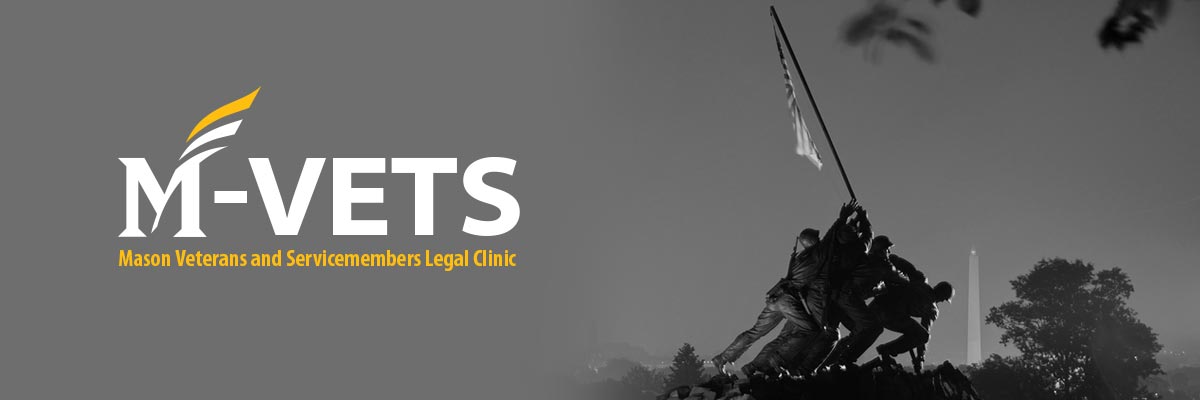Written by Fall 2021 M-VETS Student Advisor John Madigan.
“Infantry wins battles, logistics wins wars.”[1] Logistics management, therefore, has a preeminent place in the design of a campaign. In Iraq and Afghanistan, getting the necessary supplies to forward units was hard enough – it wasn’t uncommon for Forward Operating Bases to be supplied by airdrop because overground transport was too dangerous.[2] However, this meant that there was a reverse supply issue – a buildup of waste; human, electronic, and many others.[3] To solve this logistical traffic jam, the military determined the best answer was to install burn pits at many military bases throughout the Middle East.[4] The miscellaneous trash was doused in jet fuel or gasoline “and set ablaze, spewing toxic fumes and carcinogens into the air.”[5]
There has been widespread concern that servicemembers’ exposure to burn pits have caused a wide variety of illnesses,[6] and several illnesses (asthma, rhinitis, and sinusitis) have been classified by the Department of Veterans Affairs (VA) as being presumptively connected to those servicemembers service; provided that those illnesses manifested within 10 years of a servicemember or veteran’s overseas service.[7] The Department of Defense estimates that 3.5 million servicemembers have been exposed to burn pits;[8] an estimated 86% of post 9/11 veterans.[9]
However, many believe that many more illnesses – including cancer, other respiratory sicknesses, infertility, and others – should be service connected to burn pits as well.[10] The VA has responded to these concerns by opening a registry to “help uncover links between exposures and certain health conditions.[11] Support for this is likely forthcoming, but it may take a while.
The VA’s process for benefits distribution to veterans, servicemembers, and their families may be similar to how it handled Agent Orange – especially since the most hazardous chemical compound found in Agent Orange, dioxin, is also created from trash incineration.[12] In order to solve yet another logistical problem, the jungle, the U.S. military determined that the best solution would be to eradicate it with the potent herbicide Agent Orange.[13] In addition to removing the obstacle that the dense Vietnamese jungle posed, it would have the added benefit of interrupting enemy logistics.[14]
Just after the end of the Vietnam War, veterans began seeing adverse health conditions in both themselves and in their children.[15] Veterans began filing claims for these disabilities, citing their interaction with Agent Orange.[16] These Veterans were frequently denied as one of the requirements for receiving disability benefits for Agent Orange claims is that they manifested within one year of serving overseas.[17] In 1991, President George H.W. Bush signed the Agent Orange Act which mandated that non-Hodgkin’s lymphoma, soft tissue sarcomas, and chloracne (among others) be service connected for those veterans who were exposed to Agent Orange as part of their service, regardless of when it manifested.[18] Conditions have continued to be added since then; as recently as in 2021 with the passing of the National Defense Authorization Act.[19] Today, 17 different illnesses have presumptive service connection for those veterans who worked in proximity to Agent Orange.[20]
The VA’s handling of the Agent Orange crisis can serve as a framework for veterans affected by burn pits. It is likely that the VA will continue to add additional illnesses that will be automatically service connected to servicemembers’ and veterans’ close contact with burn pits. However, this process may take many years. Timely and sufficient help for veterans will ensure that we have an American Military that can operate as required, and show our gratitude and appreciation for those who have served.
If you are a servicemember or veteran who was deployed to the Southwest Asia theater of operations any time after August 2, 1990 or Afghanistan or Djibouti on or after September 11, 2001, you are eligible to participate in the VA Airborne hazards and Open Burn Pit Registry (Registry). By joining the Registry, veterans and servicemembers will assist the VA in presumptively service connecting additional illnesses. To participate in the Registry, or to find out more, visit the Secure Registry Portal at https://veteran.mobilehealth.va.gov/AHBurnPitRegistry/#page/home.
[1] Gen. John J. Pershing.
[2] Brian W. Everstine, Need for Airdrops Skyrockets in Afghanistan, Air Force Magazine (Feb. 20, 2019), https://www.airforcemag.com/need-for-airdrops-skyrockets-in-afghanistan/.
[3] Justin Kase Conder, Veterans face uphill battle to receive treatment for ‘burn pit’ exposure, NBC News (April 12, 2021), https://www.nbcnews.com/news/military/veterans-face-uphill-battle-receive-treatment-burn-pit-exposure-n1263862.
[4] Id.
[5] Id.
[6] 10 Things to Know About Burn Pits, U.S. Dept. of Vet. Affairs, available at https://www.publichealth.va.gov/docs/exposures/ten-things-to-know-fact-sheet.pdf [hereinafter 10 Things].
[7] Leo Shane III, For the first time, some burn pit victims will get presumptive status for disability benefits, Military Times (Aug. 2, 2021), https://www.militarytimes.com/veterans/2021/08/02/for-first-time-some-burn-pit-victims-will-get-presumptive-status-for-disability-benefits/.
[8] Conder, supra note 3.
[9] Paul LeBlanc, Veterans exposed to burn pits will get expanded health care support, White House says, CNN Politics (Nov. 11, 2021), https://www.cnn.com/2021/11/11/politics/military-exposure-burn-pits-biden-administration/index.html.
[10] Kirsten Hirt, What are the Dangers of Burn Pit Exposure, Hill & Ponton (Dec. 29, 2021), https://www.hillandponton.com/what-are-the-dangers-of-burn-pits/.
[11] 10 Things, supra note 6.
[12] History.com Editors, Agent Orange, History.com (Aug. 2, 2011), https://www.history.com/topics/vietnam-war/agent-orange-1.
[13] 10 Things Every Veteran Should Know About Agent Orange, VAntage Point (Mar. 10, 2015), https://blogs.va.gov/VAntage/17744/10-things-every-veteran-know-agent-orange/.
[14] Id.
[15] Sadith Viranga Panangala & Daniel D. Shedd, Cong. Research Serv., R43790, Veterans Exposed to Agent Orange, Legislative History, Litigation, and Current Issues, 1 (2014).
[16] Id.
[17] Id.
[18] Agent Orange Act of 1991, 38 U.S.C. §1116 (1991).
[19] S.RES. 1605 117th Cong. (2021) (enacted).
[20] Veterans’ Diseases Associated with Agent Orange, U.S. Dept. of Vet. Affairs, https://www.publichealth.va.gov/exposures/agentorange/conditions/.

